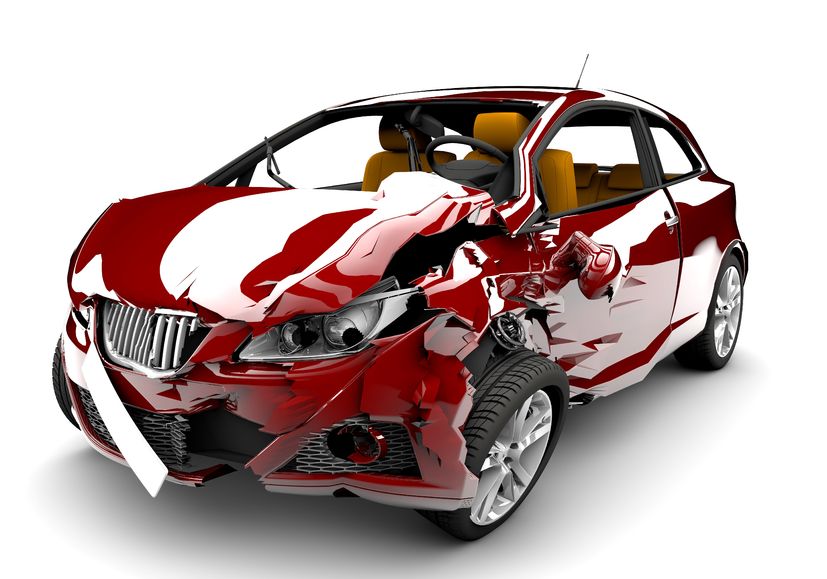Joint Pain Symptoms
Joint Pain Symptoms depend on the REASON the symptoms developed.
The tendonitis dynamic can cause joint pain.
Osteoarthritis can cause joint pain.
Rheumatoid arthritis can cause joint pain.
So can inflammation, nutritional deficiency, etc.
But it's never 'aging'. It's never 'just because'. It's never 'and there's nothing you can do about it'.
Feb 1st or sooner!

Types Of Joint Pain Symptoms
There are two categories of joint pain symptoms:
- Physical/structural
- Systemic
Physical/Structural
Physical joint pain comes from physical factors like
- Tendonitis
- inflammation
- rip/tear injury
- joint lining damage
See: What Is Tendonitis?
To get rid of symptoms of joint pain from these issues, one of course must reverse the physical factors.
Systemic
Systemic joint pain is from issues like:
- Rheumatoid arthritis (an auto-immune issue from gut problems and nutritional insufficiency)
- Systemic inflammation
- Too much sugar and/or gluten that causes systemic inflammation
- Gout (nutrition-related illness)
- Fibromyalgia (gut problem and nutritional insufficiency)
Symptoms of joint pain are largely THE SAME regardless of whether it's a physical or systemic issue.
It is important to note that joint pain symptoms have CAUSES.
Remove the cause(s), remove the symptom(s).
List Of Joint Pain Symptoms
The following is a list of joint pain symptoms.
These are the main symptoms, and they can show up with a lot of variation of flavors.
For instance, 'pain' can present as:
- throbbing pain
- burning pain
- intermittent pain, or constant
- pain ranging from sharp to dull
or any combination of the above.
Point being, each of the below symptoms has a range of possible 'feelings'.
Joint Pain Symptoms:
- Ache
- Pain (when at rest)
- Pain (with motion)
- Osteoarthritis
- Squeaking noise
- Grinding sound/feeling
- Reduced range of motion
- Inability to bear weight
- Inflamed bursa (bursitis)
In the next section we'll break down the specific causes of each symptom. Because symptoms don't just magically show up out of the blue.
When you know why symptoms appear, you can start to get a handle on how to make them go away.
**HINT** You have to deal with the CAUSE of the symptoms.
Causes of Specific
Joint Pain Symptoms
Each specific symptoms has one or more specific causes. Until each specific cause is reduced/eliminated, the symptom will continue to be produced.
Ache and/or Pain
Ache is a general pain sensation. Or, a low grade pain signal.
Usually ache is just mild pain...and is it gets worse, we consiously realize it hurts more and call it pain, because it feels like 'more'.
Most all pain sensation is due to the pain enhancing chemical that is produced by the Inflammation Process. Essentially, the process creates chemical that sets the neuroreceptors on edge, so everything is more sensitive and the sensation of 'pain' results.
Getting rid of the chemical doesn't fix the problem, but does reduce pain levels.
We often think that if we have pain then there must be some damage, some injury, but such is not the case. We can have even disabling pain with no actual injury, and much of that is because of the pain enhancing chemical in the tissue.
Pain (when at rest)
Pain when just sitting around is due to one or more factors, primarily:
- the pain enhancing chemical (PEC)
- muscle and connective tissue tightness
The PEC causes the tiniest motion to trigger a pain signal.
The constant tightness sends a constant pain signal as it pulls on irritable and irritated tissue.
So as you're laying there and feeling pain, it's because even while you are 'at rest', there's still a lot going on beneath the surface of your skin.
Muscle is always contracting/relaxing (there's millions of muscle fibers constantly active). You're breathing, and that pulls on connective tissue layers through the entire body. Inflammaed joint tissue is pressing on other structures.
And that's enough to trigger a pain signal.
Pain (with motion)
When things aren't that acute or advanced (meaning you're not -that- sensitive), then you can have to pain when you're sitting or laying still, but then the pain signal gets triggered as soon as you move.
Everything in the above section applies here. The main difference is that the overall pain causing factors are only getting triggered when there is a larger action.
In other words, it takes 'more' pressure on the inflammed joint lining, or more tug of muscles on their connections, or more motion to trigger the pain threshold of neuroreceptors.
Osteoarthritis
Osteoarthritis is a dynamic of irritated joint lining being irritated (and then damaged and deformed) by constant compression of the joint.
Tight muscles compress the joint. Then the joint is constantly pressing and grinding on itself.
This causes inflammation, pain, eventual damage, etc.
That sounds like a cause of joint pain symptoms, right? Well, it is...but it's also a symptom of joint pain.
Because of how the Pain Causing Dynamic functions, pain results in tightness...which results in more pain and tightness.
So a mild joint pain can eventually result in osteoarthritis.
Squeaking noise
When joint pain causes tightness and compression of the joint, the joint linings can make a squeaking noise when the joint moves.
The noise is literally the sound of the interior of the joint grating on itself.
One can also make the case that there is a lack of lubrication. And crazily enough, slathering the knee with peanut oil can make squeaking stop.
I'd never believe that, but it worked for me once upon a time.
Grinding sound/feeling
The tighter muscles and connective tissue gets, the more the joint gets compressed.
Eventually the structure is so compressed, with enough force constantly being applied, that the interior of the joint literally grinds on itself as you move.
This is not good.
Joint pain causes grinding as a symptom, and that symptom then causes more joint pain.
Reduced range of motion
When a joint suffers from reduced range of motion, there are two primary causes:
- Swelling in/of the joint can inhibit it's ability to move freely
- Muscle and connective tightness stop the joint from moving through it's entire range
Both 1 and 2 are possible joint pain symptoms..as pain triggers inflammation and pain triggers tightness, both resulting in reduced range of motion.
Inability to bear weight
If a joint is unable to bear weight (when standing, or doing a push up, or similar), it is because the resulting compression of a joint triggers a huge pain signal.
This results in either:
- the pain forcing a person to take weight off the joint or
- the pain signal literally triggering the brain to force the joint to collapse to avoid injury
If the brain thinks there's an injury coming, it will basically cause one or more structures to go limp in hopes that injury will be avoided.
Inflammation and the pain enhancing chemical are primarily responsible for joint pain resulting in an inability to bear weight.
Inflamed bursa (bursitis)
Joint pain causes inflammation (and vice versa). Inflammation and pain cause muscle tightness.
Muscle tightness pulls tight on tendons, and tight tendons compress and grind on bursa.
This can cause ursitis.
See: Hip Bursitis
See: Patellar Bursitis
See: Shoulder Bursitis
IMPORTANT!!
Neither pharmaceutical nor Natural Joint Pain Relief products will NEVER fix a joint pain problem, because while they may lower pain levels temporarily (not a bad thing) they do not reverse/fix the CAUSE of the problem that is causing the symptoms.
Return to the top of this Joint Pain Symptoms page.
Go to the www.TendonitisExpert.com homepage.

